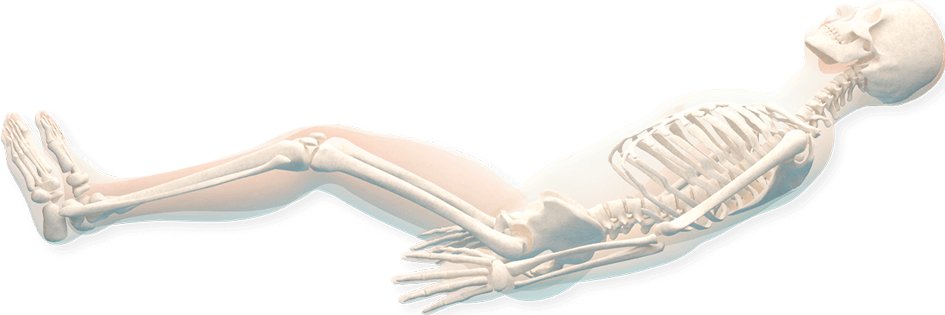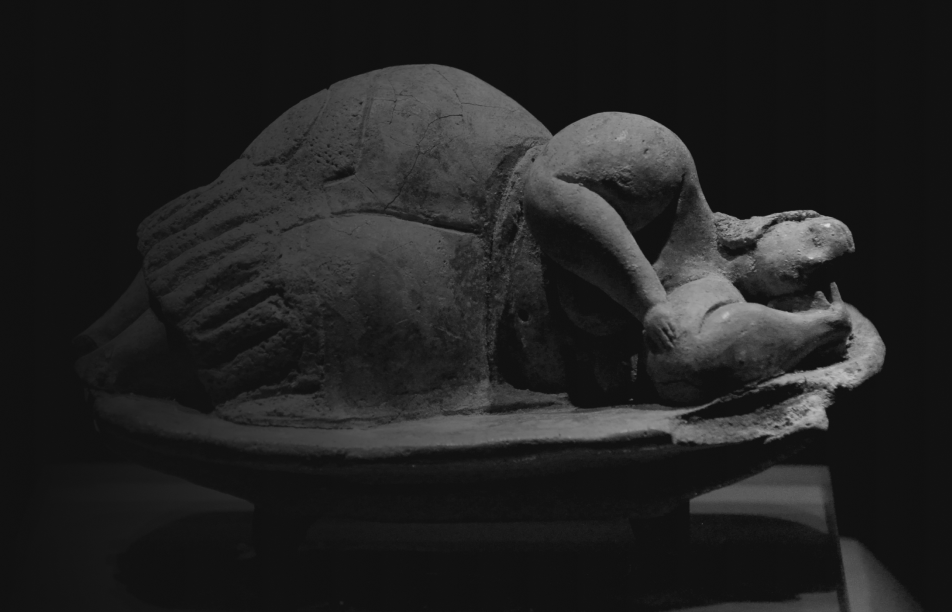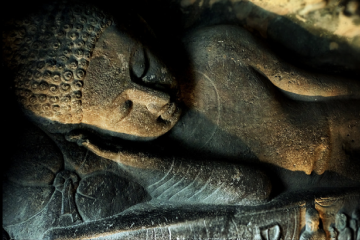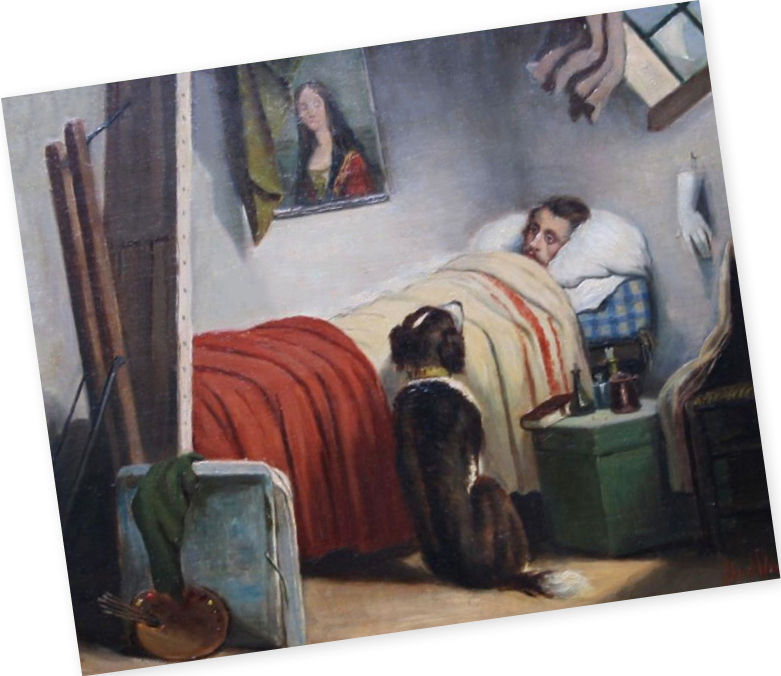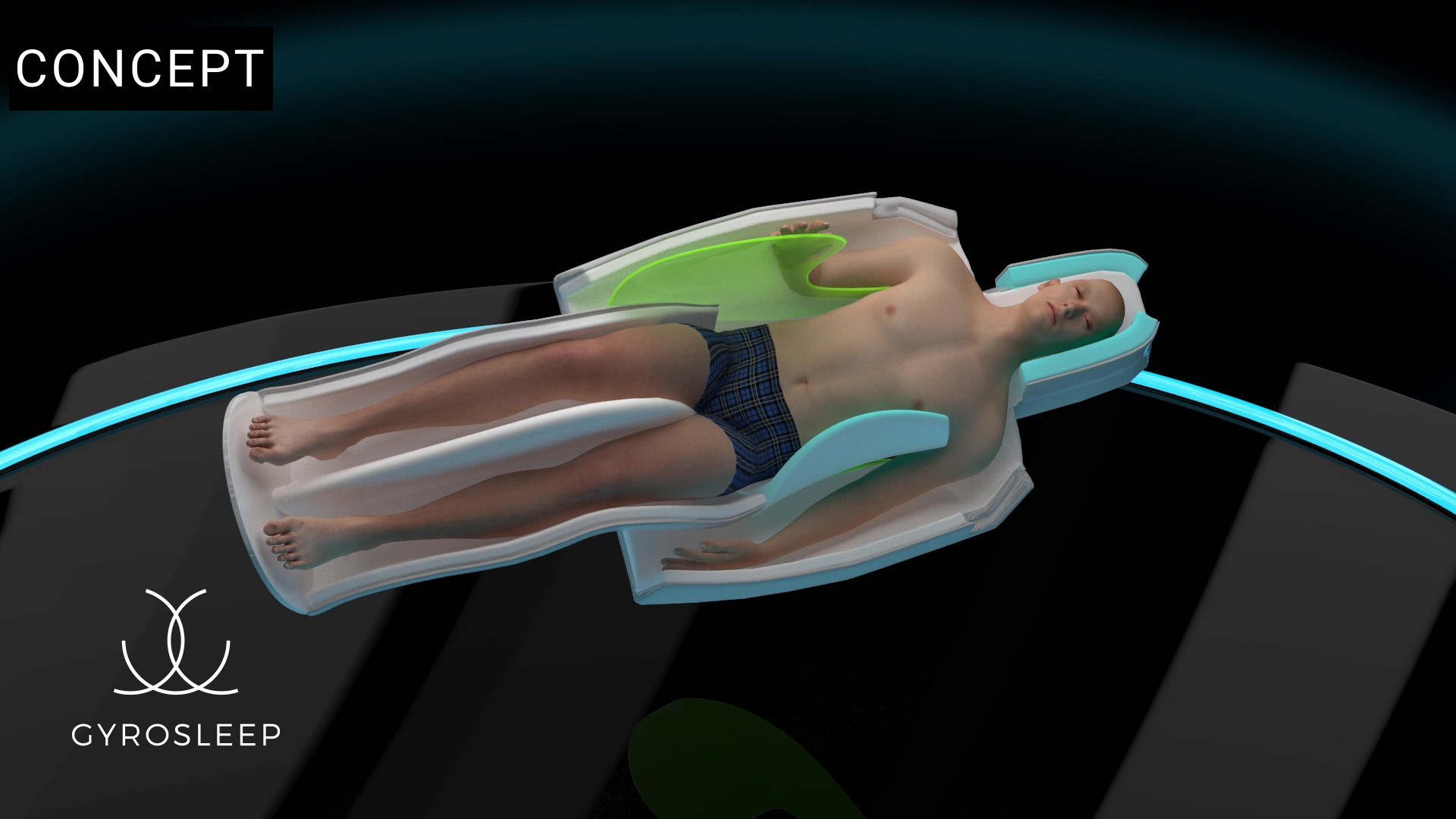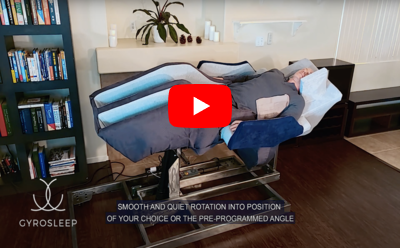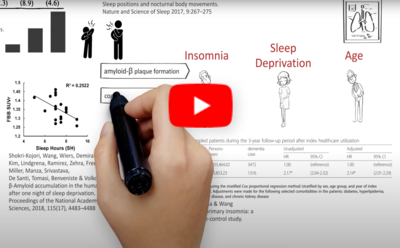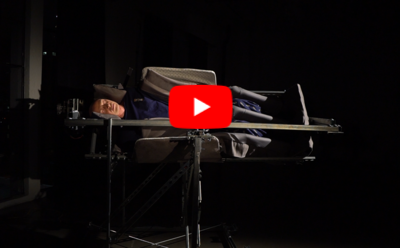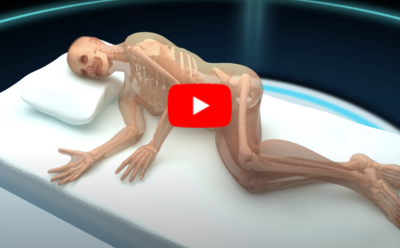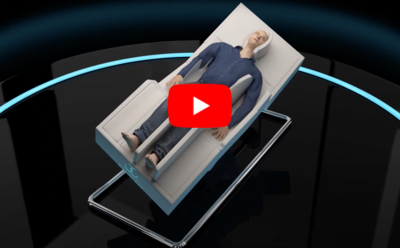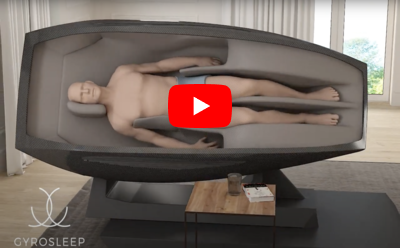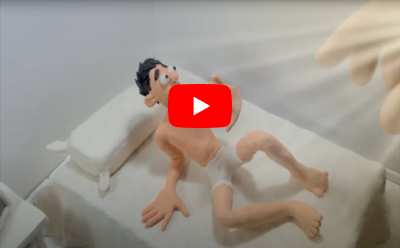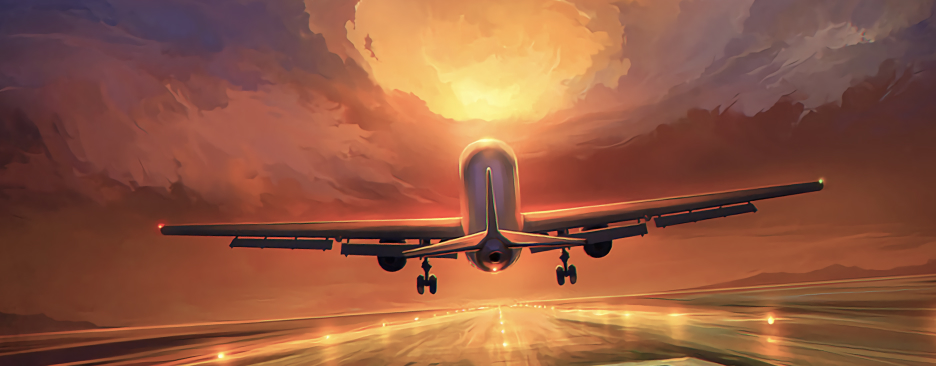GYROSLEEP is a revolutionary system providing a comprehensive solution to the world’s sleep problems. The Gyrosleeper’s cradle is built to conform to your size and shape, keeping your body naturally aligned in any position. It can also rotate you while you’re sleeping, guaranteeing you get the right balance of side and back-sleeping. Driven by sensors, embedded electronics, and silent motors, it can be operated in three different modes – manual, timer, or sensor-based.
● The manual mode is for relaxation, reading, or naps.
● Timer-based operation rotates the users every 20 minutes and is for immobile patients and those whose position shifts are affected by age or condition (e.g., Alzheimer’s, Parkinson’s).
● The sensor-based mode is for users with healthy or near healthy nocturnal mobility. Operating software enables advanced interventions to sleep positions to achieve specific medical benefits.
The Gyrosleeper fits in the space of a regular bed and looks great in the bedroom. Optional amenities include climate control, purified and humidified air delivered to your face, inversion for spine decompression, fully hygienic built-in toilet.

